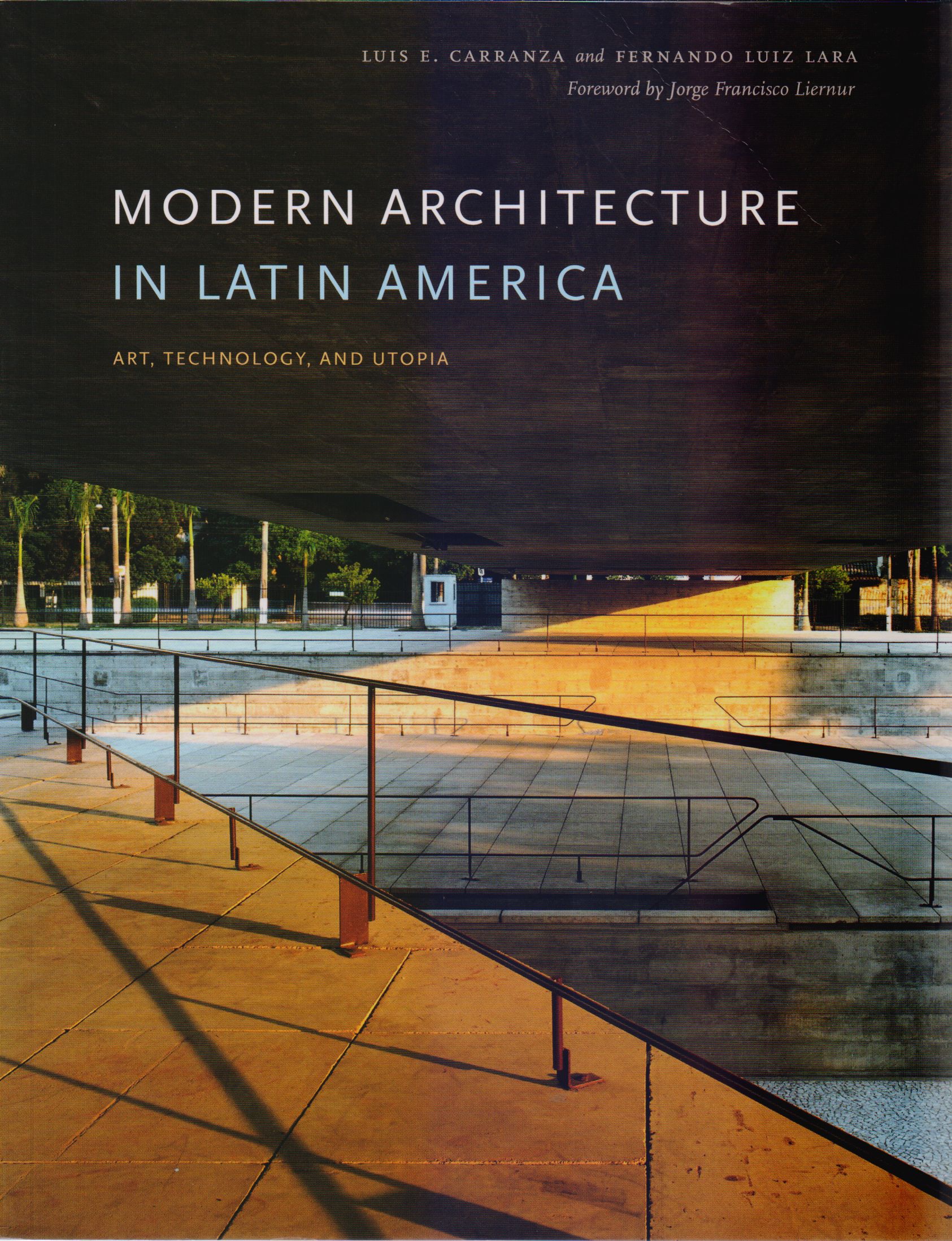Libros relacionados
 |
Arquitectura de Tierra en América Latina Correia, Mariana / Neves, Célia / Guerrero, Luis Fernando (E Argumentum |
 |
Lecciones: Teodoro González de León. Escritos Reunidos 1966-2016 González de León, Teodoro Colegio Nacional |
 |
Modern Architecture In Latin America: Art, Technology, And Utopia Carranza, Luis E. / Luiz Lara, Fernando University Of Texas Press |
 |
Architecture And Cities Of Northern México From Independence To The Present, The Burian, Edward University Of Texas Press |
 |
Diseño y Calculo de Estructuras de Concreto Reforzado. Por Resistencia Maxima Y Perez Alama, Vicente Trillas S.A., Editorial |


|
Título: Islamic Design Module In Latin America | |
| Autor: Moffitt John | Precio: $690.00 | |
| Editorial: Mcfarland & Company, Inc. Pub. | Año: 2004 | |
| Tema: Arquitectura, Tecnicas | Edición: 1ª | |
| Sinopsis | ISBN: 9780786418060 | |
| This study analyses the distinctive look of Hispanic architecture. Its triangulate format, originated in Islamic Spain, was based on workshop techniques once used by journeyman designers and simple artisans. Spain was the only European transatlantic colonial power to have once been occupied by Islamic overlords. Spain's conquistadors took their traditional building methods to Latin America.
Formal analyses of the facades of various Latin American churches reveal them to reiterate procedures worked out in Andalusia by Islamic builders in the ninth and tenth centuries. Though widely separated by time and place, both share a proportionate system determining abstract ratios; in both cases, this regulating format was derived from manipulations of the Pythagorean triangles. This "trazado regulador" is only expressed in ratios, with no numbers, and is illustrated here with 84 visual examples including measured drawings of Egyptian, Greek, Roman, and medieval European prototypes. Grounded in historical and physical data, the research is partially drawn from four practical builders' manuals: two seventeenth-century Spanish ones and two Mexican ones from ca. 1640 and 1800. In an appendix, Viollet-le-Duc (a major nineteenth-century architect) explains architectural proportionality and the design function of the Pythagorean Triangle. |
||
Librería Bonilla SA de CV © Todos los derechos reservados. 2019
Última actualización: Jul 2019




